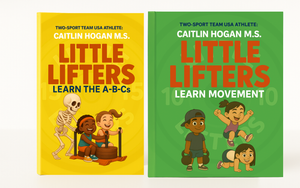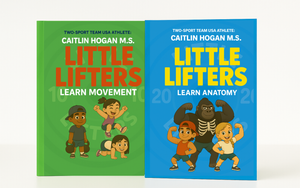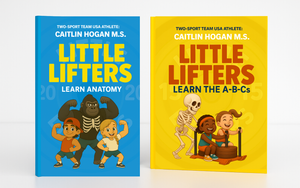🥚 Protein Power: Fueling Strong Bodies & Brains in Growing Kids
Protein isn’t just for bodybuilders—it’s essential for kids, too.
In fact, during childhood, the need for protein is even greater relative to body size. That’s because kids aren’t just recovering from activity—they’re actively building bones, muscles, organs, hormones, enzymes, and immune cellsevery single day.
Whether your child is running wild at recess, climbing playground walls, or mastering movement skills at home, protein provides the foundation for strength, energy, and growth.
🧠 Why It Matters
Protein supports:
-
Muscle and bone development
-
Cognitive growth and neurotransmitter production
-
Tissue repair (after play, workouts, or minor bumps)
-
Stable energy and blood sugar levels
-
Healthy skin, nails, and hair
-
Strong immune function
A steady intake of protein helps kids focus in school, move with power, and recover after activity—plus, it helps them feel fuller longer between meals and snacks.
📏 How Much Protein Do Kids Need?
General recommendation:
👉 0.5 to 0.75 grams of protein per pound of bodyweight
That’s roughly:
-
15–20g/day for toddlers (ages 2–4)
-
25–35g/day for young kids (ages 5–10)
-
Up to 50g/day for active pre-teens or youth athletes
Note: These are general ranges. Needs vary by activity level, growth rate, and overall diet.
🍽️ Easy Ways to Add Protein to Your Child’s Day
💡 Morning Boost:
-
Greek yogurt with berries and granola
-
Protein pancakes or waffles
-
Scrambled eggs with shredded cheese or veggies
-
Oatmeal stirred with nut butter or protein powder
🧃 Snack Upgrades:
-
Apple slices with peanut or almond butter
-
Cottage cheese + fruit
-
Turkey or chicken roll-ups
-
Roasted chickpeas or trail mix
🥪 Lunchtime Wins:
-
Sandwiches with lean meats, hummus, or eggs
-
Bean and cheese quesadillas
-
Pasta tossed with chicken, lentils, or edamame
-
Smoothies with milk, protein powder, seeds, or tofu
🍽️ Dinner Staples:
-
Baked or grilled chicken, turkey, or fish
-
Lentil or bean-based soups
-
Egg stir-fries or rice bowls
-
Veggie-loaded mac & cheese with a side of meatballs
👀 Watch for These Signs of Low Protein
-
Frequent fatigue or low energy
-
Difficulty building muscle or recovering after activity
-
Slow wound healing
-
Cravings for sugary or carb-heavy snacks
-
Difficulty focusing or regulating emotions
If you’re unsure, keep a 2–3 day food log and check in with a pediatrician or registered dietitian for guidance.
🔬 Science Spotlight
Protein is made of amino acids, the building blocks of the body. Some are “essential,” meaning the body can’t make them—it must get them through food. Kids need these amino acids daily to support growth, immune function, and neurological development.
A consistent protein intake also improves muscle recovery, metabolic function, and long-term healthy eating patterns.
💡 Parent Tip:
Don’t stress about perfection. Look for small, consistent wins—a scoop of nut butter here, a handful of seeds there. Celebrate when your Little Lifter makes strong food choices, and keep it fun, colorful, and family-friendly.




0 comments